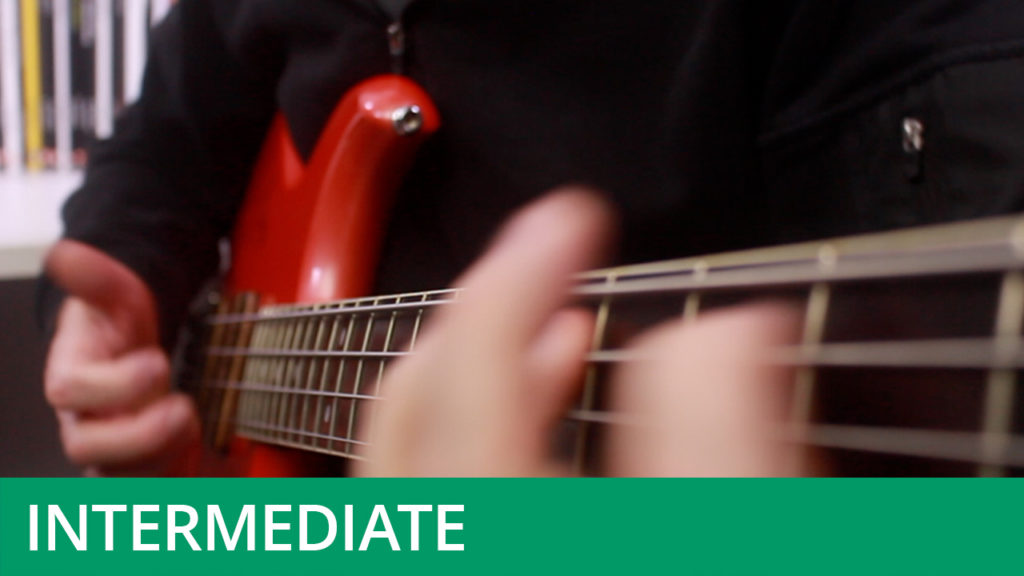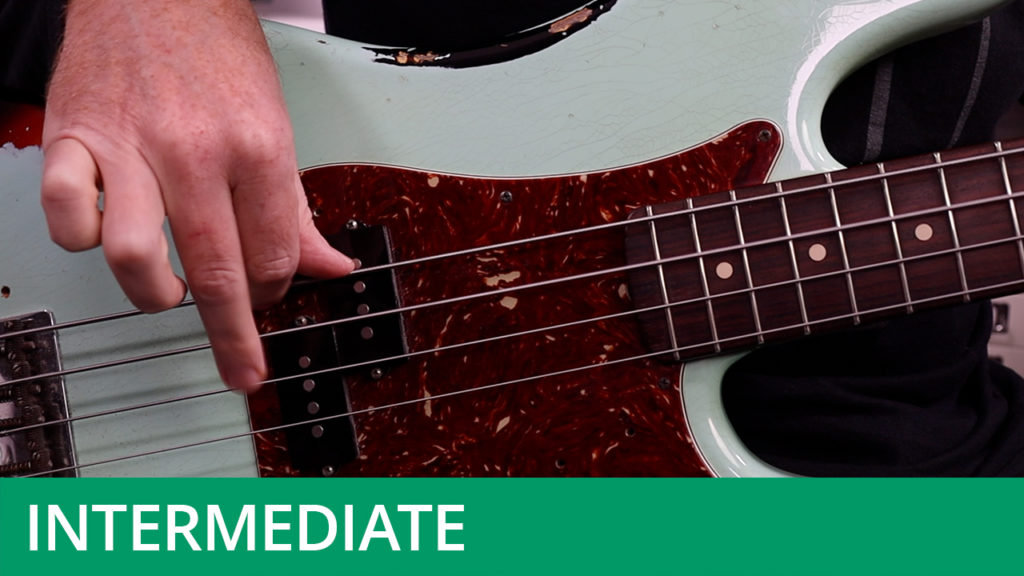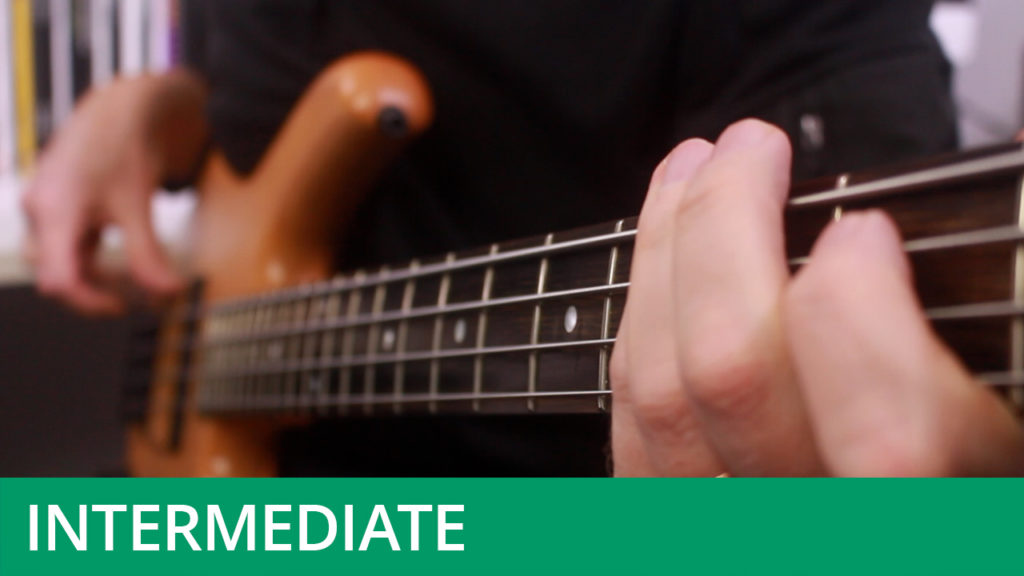The Mixolydian Mode
Course Duration: 53 Minutes | Difficulty Level: 4
In this course takes an in-depth look at the fifth mode of the major scale, the Mixolydian mode. This is one of the most useful modes to know and it's frequently used in all styles music, making it an important mode to get under your belt.
The course initially focuses on learning the G Mixolydian mode, which belongs to the home key of C major. You’ll first learn to play it all over the fingerboard using the 'content over patterns' system, after which there are a series of bass grooves to study that put the mode to use. Some of the later exercises will utilise the Mixolydian mode from other keys. By the end of this course you will be very well-acquainted with the Mixolydian mode.
Don’t forget to hit the Download Resources button above in order to download the PDF worksheet and audio files for this course (available to subscribers only).




